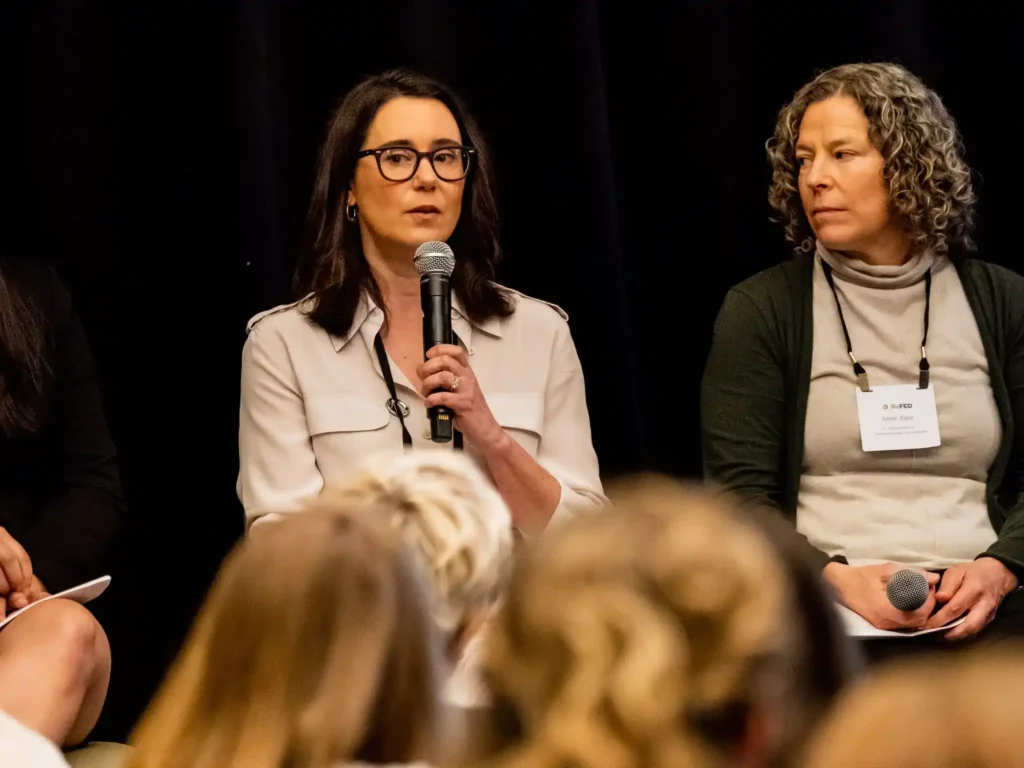Using excess food to tackle food insecurity seems like a no-brainer, right? We’ve got two big problems on our hands: 40% of the food we produce ends up in the trash while 10% of Americans don’t have enough to eat. It seems pretty straightforward to just give the extra food to those who need it.
That’s one of the tactics we use to minimize wasted food. Our main goal is to cut down on food waste because it’s terrible for the environment. But, we also know that getting extra food to people is one of the best ways to keep it out of landfills. So, every week, our amazing chefs make 2,000 to 4,000 nutritious, delicious community meals using food that would otherwise be thrown away.
But, here’s the thing: redirecting “food waste” isn’t a long-term fix for food insecurity. The root issues behind food insecurity include not having enough money to purchase food and not being able to get to food because of transportation or mobility issues.
A recent study from the University of Michigan found that 64% of Detroit residents with jobs do not make a living wage. If you don’t have enough income to cover basic expenses, it’s no surprise that buying food is a struggle. Plus, in a city with limited public transportation and not enough grocery stores, getting to a store can be really difficult.
Also, if done without care, giving away surplus food can have some unintended side effects, like making people feel less valued and marginalized. Donated food might not be the best quality, might be past its sell-by date, or might not match the recipients’ dietary needs and preferences. The whole “if you’re hungry enough, you’ll eat anything” mindset is not only wrong but also unkind. No one is going to eat food they dislike or that could possibly make them sick.
Lastly, redistributing “food waste” isn’t as cost-free as it seems. Collecting, transporting, storing, and distributing food takes a lot of time, volunteer effort, resources, and energy. Sometimes, the actual cost of moving the food around can outweigh the benefits. And if the food ends up not being eaten, you’ve wasted much more than just the food.
It’s clear that food waste and food insecurity are linked, but tackling them requires different strategies. The best way to deal with food waste is to not create it in the first place. In general, that means getting better at matching supply and demand. And the best way to eliminate food insecurity is to make sure people have enough money to buy, and can get to, the food they need and want.






